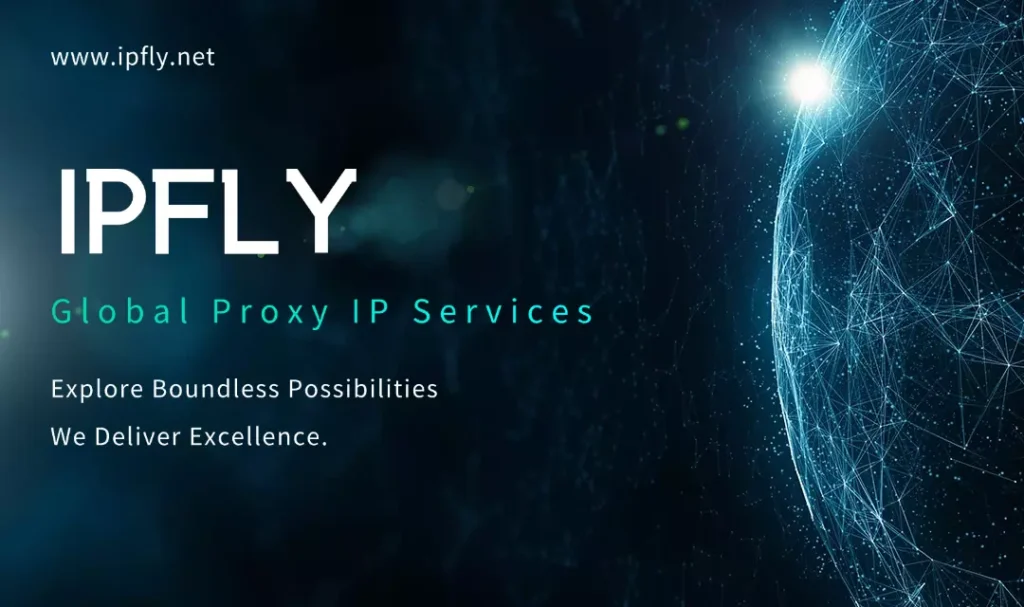
Kick Azz Torrents, a variant often associated with the storied Kickass Torrents (KAT) platform, embodies the principles of decentralized networking, where users collaborate to distribute digital content through peer-to-peer (P2P) protocols. This concept draws parallels to biological swarms, such as ant colonies, where individuals coordinate without a central authority to achieve collective goals. In the realm of computer science, torrents operate via the BitTorrent protocol, fragmenting files into small pieces and reassembling them across a network of participants, optimizing bandwidth and resilience. Established in 2008, Kickass Torrents grew into one of the largest torrent indexes before its shutdown in 2016 due to legal pressures, yet its legacy persists through mirrors and proxies that facilitate access in 2025. This tutorial article delves into the scientific underpinnings, historical context, and practical configurations, equipping readers with knowledge to understand and engage with these systems responsibly.
The Fundamentals of Torrent Technology and Decentralized Networks
To comprehend Kick Azz Torrents, one must first examine the BitTorrent protocol, invented by Bram Cohen in 2001 as a solution to centralized file distribution bottlenecks. Scientifically, BitTorrent employs a distributed hash table (DHT) for peer discovery, where nodes query a decentralized index to locate file pieces, akin to how molecules diffuse in a chemical solution to achieve equilibrium. Files are divided into chunks, each verified by cryptographic hashes to ensure integrity, preventing corruption during transmission.
In practice, a torrent file or magnet link serves as a blueprint, containing metadata like tracker URLs—servers that coordinate peers—and file hashes. Peers act as both seeders (uploaders) and leechers (downloaders), creating a self-sustaining ecosystem where upload contributions incentivize faster downloads via tit-for-tat algorithms. This game-theoretic approach minimizes free-riding, ensuring network efficiency. Platforms like Kickass Torrents functioned as search engines for these links, aggregating user-uploaded content without hosting files, which amplified their scalability but invited scrutiny over copyright concerns.
Historical Evolution: From Kickass Torrents to Modern Proxies
Kickass Torrents launched as a user-friendly alternative to sites like The Pirate Bay, amassing millions of users by 2014 through its clean interface and verified uploads. However, in 2016, U.S. authorities seized its domains following the arrest of founder Artem Vaulin, citing copyright infringement facilitation. This event underscored the tension between open information sharing and intellectual property rights, mirroring debates in scientific publishing over open access.
In 2025, the spirit of Kick Azz Torrents endures via proxy and mirror sites, which replicate the original interface while bypassing regional blocks imposed by ISPs or governments. These proxies act as intermediaries, rerouting traffic to evade filters based on domain name system (DNS) manipulation or IP restrictions. From a network science viewpoint, this involves tunneling protocols that encapsulate requests, reducing detection probabilities through diversified routing paths.
How Torrents Work: A Step-by-Step Tutorial Mechanism
Engaging with Kick Azz Torrents or similar systems begins with understanding the torrent lifecycle, which can be broken down into a tutorial sequence illustrating data flow principles.
1.Acquiring a Torrent File: Search for content on a proxy site, downloading a .torrent file or copying a magnet link. This metadata, often under 100 KB, contains SHA-1 hashes for verification, drawing on cryptographic science to ensure tamper-proofing.
2.Client Initialization: Open the file in a BitTorrent client (e.g., open-source options), which connects to trackers or uses DHT for peer discovery. The client establishes TCP sockets, negotiating connections like handshakes in molecular bonding.
3.Piece Download and Verification: The file is segmented into pieces (typically 256 KB to 4 MB), downloaded from multiple peers concurrently. Each piece undergoes hash checking; mismatches trigger redownloads, exemplifying error-correcting codes in information theory.
4.Seeding and Completion: Once assembled, the client seeds the file, contributing to the swarm. This reciprocity boosts overall speed, with studies showing swarms can achieve gigabit throughput in optimized conditions.
5.Termination: Close the client or remove the torrent, though ethical seeding prolongs file availability, supporting the network’s longevity.
This process highlights efficiency: a single seeder can support thousands of downloads without proportional bandwidth strain, thanks to piecewise distribution.
In 2025, accessing Kick Azz Torrents legacies requires proxies to circumvent blocks, as original domains remain seized. Proxies function by proxying requests through alternative servers, masking user IPs and enabling geo-unblocking. Scientifically, this involves SOCKS or HTTP protocols for encapsulation, with residential proxies mimicking organic traffic to evade detection algorithms.
For instance, configuring a browser extension with a proxy involves entering server details and testing connectivity via ping measurements. Mirrors, full replicas hosted on new domains, provide redundancy, ensuring content persistence despite takedowns. When integrating tools like IPFLY for Kick Azz Torrents access, its global proxy network offers reliable residential IPs, enhancing anonymity during proxy configurations without exposing users to common detection pitfalls.
Start now! Visit IPFLY.net to experience excellent proxy services and join the IPFLY Telegram community for the latest strategies—master cutting-edge tips and exclusive resources, and let proxies efficiently empower all your needs!

Safety and Ethical Considerations in Torrenting
While torrents democratize data sharing, risks abound: malware can embed in files, exploiting vulnerabilities via drive-by downloads. Tutorial safeguards include scanning files with antivirus software and using sandboxes for isolation, applying compartmentalization principles from systems biology.
Ethically, prioritize public domain or licensed content to avoid infringement, aligning with scientific ethics in data sharing. In regulated environments, confirm legality, as some jurisdictions monitor torrent traffic through DPI.
Advanced Techniques: Optimizing Torrent Performance
For enthusiasts, advanced optimizations include multi-tracker setups for robust peer discovery and bandwidth throttling to prevent ISP shaping—algorithms that cap speeds on detected P2P traffic. Experiment with client settings to prioritize rare pieces, enhancing swarm health via algorithmic prioritization.
In conclusion, Kick Azz Torrents exemplifies the enduring appeal of P2P science, offering lessons in decentralized resilience. Through these tutorials, users can explore this technology thoughtfully, contributing to a balanced digital ecosystem in 2025.


